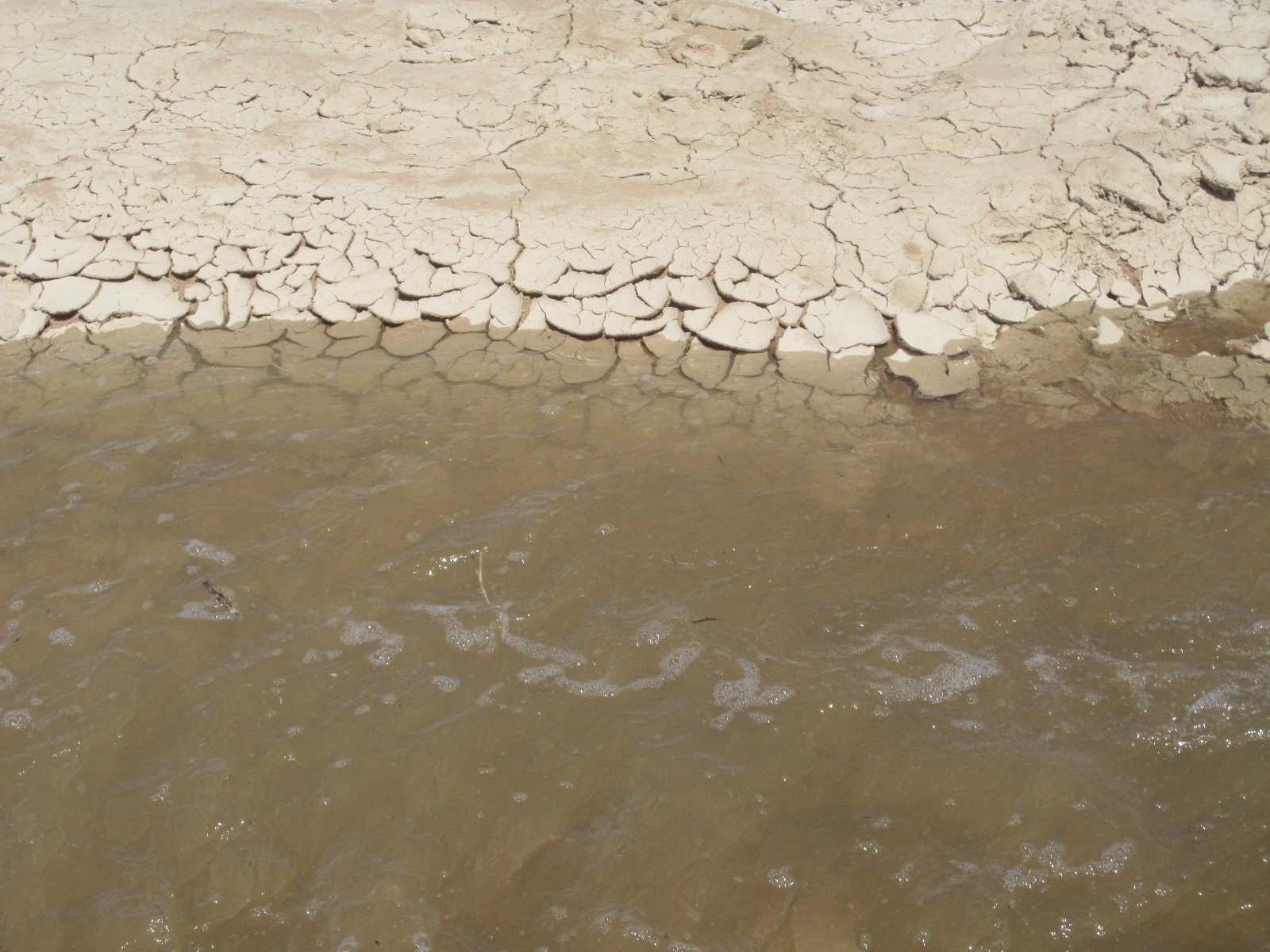Public Policy Review

Water policy discussions around the globe are focusing on groundwater and how to improve its governance and management. Growing water demands and changing climate’s influence on temperature and precipitation patterns have underscored the importance of groundwater – the invisible water.
Groundwater meets about 40 percent of Arizona’s annual water uses. While the Colorado River, which also satisfies about 40 percent of Arizona’s annual needs, is receiving a lot of attention, with the Central Arizona Project’s “Protect Lake Mead” campaign and other efforts to raise awareness of work being done to forestall and maybe even avoid shortage, efforts to manage our groundwater resources wisely deserve at least equal attention. Those of us who work in the water sector in Arizona know how important groundwater is to communities and economic activities throughout the state. We regularly cite the centrality of Arizona’s 1980 Groundwater Management Act, which implemented a strong regulatory framework for groundwater utilization in designated Active Management Areas. But because these provisions do not apply statewide, even here in Arizona, where groundwater management seems second nature, groundwater overdraft continues to be a challenge.
National and global attention is focusing on the importance of good groundwater governance and management. The www. groundwatergovernance.org site published a series of important documents as part of multi-year project to share information on good groundwater governance practices. The project’s purpose was “to influence political decisions thanks to better awareness of the paramount importance of groundwater resources and their sustainable management in averting the impending water crisis”. I had the pleasure to participate in the early phases of this effort.
Recently, I have been involved in two other collaborative efforts to improve groundwater governance and management. The Groundwater Visibility Initiative (GVI) represents a joint effort of two national organizations, the American Water Resources Association (AWRA) and the National Groundwater Association (NGWA). I was part of the small, dedicated group that planned the GVI workshop held in April 2016. One outcome is the recent article “Making Groundwater Visible”, which appeared in the September 2016 issue of AWRA’s publication, IMPACT. The article, which reports on the results of the workshop, points to how groundwater’s physical invisibility has led to its omission from many water policy, governance, and management discussions. The key findings are summarized in the article as follows: (1) Governing and managing groundwater require working with people; (2) Data and information are key; (3) Some “secrets” remain; (4) We need to take care of what we have; (5) Effective groundwater management is critical to an integrated water management portfolio that is adaptive and resilient to drought and climate change; and (6) To be robust, policies of the agriculture, energy, environment, land-use planning, and urban development sectors must incorporate groundwater considerations.
The second effort emerged from the 9th International Symposium on Managed Aquifer Recharge (ISMAR9), which was held in Mexico City in June 2016. A working group formed to develop the document “Sustainable Groundwater Management Policy Directives”, which was published in English and Spanish and has its own six summary points or directives. (I) Recognize aquifers and groundwater as critically important, finite, valuable and vulnerable resources. (II) Halt the chronic depletion of groundwater in aquifers on a global basis. (III) Aquifer systems are unique and need to be well understood, and groundwater should be invisible no more. (IV) Groundwater must be sustainably managed and protected within an integrated water resource framework. (V) Managed Aquifer Recharge should be greatly increased globally. (VI) Effective groundwater management requires collaboration, robust stakeholder participation, and community engagement.
Engagement has been a key focal area in water governance efforts, such as the Water Governance Initiative by the Organisation for Economic Co-operation and Development, in which I participate. An overview of a substantive report on stakeholder engagement produced through this OECD initiative was published in a special issue of the journal Water: Water Governance, Stakeholder Engagement, and Sustainable Water Resources Management. WRRC colleague Susanna Eden and collaborator Eylon Shamir joined me in guest editing this collection of papers, which are all freely available online at http://www.mdpi.com/journal/water/special_issues/water-gov. I encourage readers to take a look at this collection of papers, several of which relate to Arizona groundwater. “Modes and Approaches of Groundwater Governance: A Survey of Lessons Learned from Selected Cases across the Globe”, by Varady et al. considers Arizona water banking as one of its case studies. Ballester and Mott Lacroix look at public participation in water planning in the Ebro River (Spain) and Tucson basins. Eden et al. report on the stakeholder participation component of a project that used hydrologic and climate modeling to help water users and managers understand how climate variability affects groundwater storage and recharge in the southern end of Santa Cruz Active Management Area. Mott Lacroix and Megdal’s article on the “stakeholder engagement wheel” drew from multiple Arizona regions, and Chief et al. consider Arizona tribal nations’ water use in their paper, “Engaging Southwestern Tribes in Sustainable Water Resources Topics and Management”.
Finally, I would be remiss if I did not mention the important work on groundwater assessment being carried out along the US-Mexico border. The binational Transboundary Aquifer Assessment Program has produced a report on the San Pedro Aquifer in English and Spanish and is completing a similar report for the binational Santa Cruz Aquifer.
Groundwater is a critically important resource for Arizona and much of the world. People are coming together to emphasize the need to understand this resource and manage it better. At the University of Arizona Water Resources Research Center, we endeavor to contribute to efforts to share best practices for groundwater assessment, governance, and management. Please visit our programs page to find out more.

